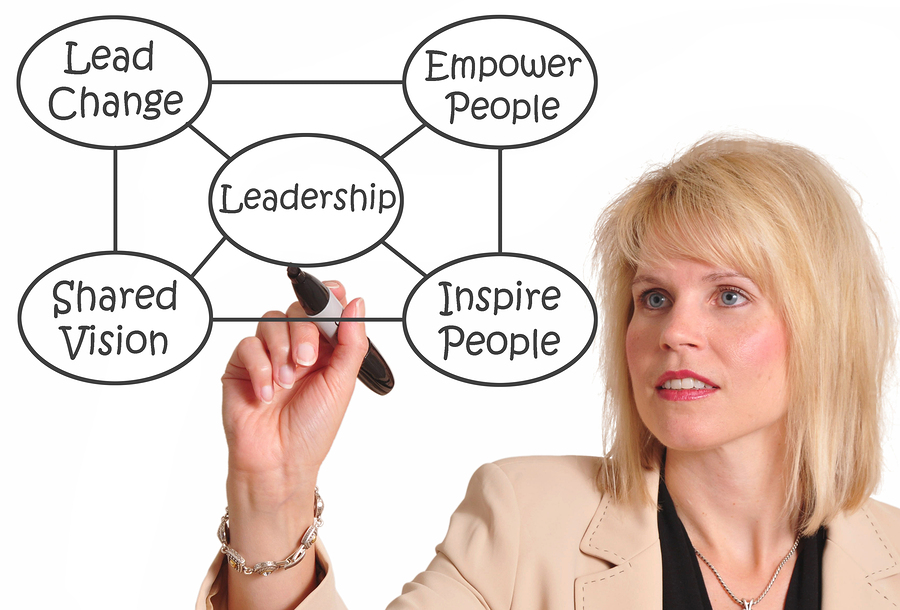
The role of change management in aged care
It is obvious that Aged Care is undergoing a serious transformational change which will last for a significant period of time. There are significant intergenerational changes occurring before our eyes. Governments of all persuasions are grappling with budgetary constraints, whether real or imagined. Add in the rapidly changing expectations of clients, relatives, and carers, and the increasing takeover and merger activity currently occurring in the aged care sector looks likely to continue for some time yet.
Significant organisational change has a powerful impact on people. Change creates a tension between the past and the future, between stability and the unknown. Regardless of how well-planned, strategic, or logical the change is, the tension still exists, because different individuals will react to and process the change in different ways. Asking people to change their behaviour on behalf of organisational goals creates an automatic emotional reaction.
How people cope with change depends largely on how leaders frame, communicate, and lead the change.
However, we must remember that we also have responsibilities to ourselves in a program of change. We should not forget that leaders are certainly not immune from the reactions to change that our people experience.
Managing change successfully in Aged Care
To be a successful in negotiating our way through change, we must first understand the dynamics of change and the ways uncertainty affects us and others. The old way has to be mourned; the new way has to be understood.
It is most important for the change leader to see him- or herself as the role model toward whom all team members look for cues and clues about how they should respond to the changing situation.
However, it is equally important that we get people to personally refocus on what they can do to cope with change. Personally refocusing asks all of us to examine our individual feelings, motives, and assumptions about change. It is the place to start understanding how to cope with change.
The right leadership, culture, and reward systems all strongly determine whether an organisation is change-ready. But individual change-readiness, the willingness and ability of every person to accept, embrace, and support change, provides the cornerstone for change readiness across the organisation.
What do change-ready individuals look like? And how can you as a leader ensure you and your team are change-ready? Consider the following.
Characteristics of Change-Ready Individuals
Psychologists Robert Kriegel and David Brandt (1997) maintain that change-ready people don’t have to be superstars, but they do need to cultivate the following personal characteristics:
- Passion: feeling excited and challenged by new possibilities; relishing new experiences; having intensity and determination.
- Resourcefulness: making the most of any situation and using resources at hand to create plans.
- Optimism: having a positive view of the future.
- Adventurousness: wanting to take risks and to pursue the unknown.
- Adaptability: being able to shift expectations in the face of new realities and rebound from adversity quickly.
- Confidence: believing in one’s own ability to handle a difficult situation.
- Tolerance for ambiguity: being able to live with uncertainty and surprises.
So, you’ve read the list of traits that characterise change-ready individuals. Do any or all of these traits describe you? If you’re going to lead your team to become change-ready, you’ll need to assess and possibly enhance your own readiness.
Most leaders have mastered the operational side of leading change; creating a vision, reorganising, restructuring and so on. They are educated, evaluated, and rewarded to deal with these issues so have more experience with them.
The stresses and pressures generated by operational change make it more important to pay attention to what’s going on with the people in the organisation. As we’ve discussed, leading through transition is about guiding people through a process of grieving, letting go, building hope, and new beginnings. When leaders ignore or minimise the people side of change, perfectly good initiatives stall or fail.
Twelve Key Capabilities
For many leaders, managing the business and addressing the needs of workers are at odds. They ask, ‘How can I make the tough decisions if I have to focus on the emotions and concerns of my employees?’ The answer isn’t about choosing either the people or the business. Instead, the answer lies in being authentic and building trust.
Bunker and Wakefield (2005) developed a set of twelve capabilities critical to leadership during times of change. Imagine a wheel that has trust as its hub. Radiating out from that hub are the spokes, which represent twelve capabilities critical for change leaders. These twelve capabilities are listed below; the first six are operational in nature, while the last six are people-related. Creating and sustaining an environment of trust requires leaders to become adept at balancing all twelve capabilities.
1. Catalysing change is championing an initiative or significant change, consistently promoting the cause and encouraging others to get on board.
2. Sense of urgency involves taking action when necessary to keep things rolling. A leader who has a strong sense of urgency moves fast on issues and accelerates the pace of change for everyone.
3. Being tough denotes the ability to make the difficult decisions about issues and people with little hesitation or second-guessing.
4. Optimism is the ability to see the positive potential of any challenge and to convey that optimism to others.
5. Self-reliance involves a willingness to take a lead role or even to do something yourself when necessary. A leader who is self-reliant has a great deal of confidence and is willing to step up and tackle most new challenges.
6. Capitalising on strengths entails knowing your strengths and attributes and confidently applying them to tackle new situations and circumstances.
7. Coping with transition is about recognising and addressing the personal and emotional elements of change. It includes being in touch with your own emotions and reactions.
8. Realistic patience requires knowing when and how to slow the pace down to allow time and space for people to cope and adapt.
9. Being empathetic involves taking others’ perspective into account when making decisions and taking action.
10. Realism and openness involve a willingness to be candid and clear about a situation and prospects for the future. It includes speaking the truth and admitting personal mistakes and foibles.
11. Trusting others means being comfortable with allowing others to do their part of a task or project. It includes being open to others for input and support.
12. Going against the grain involves a willingness to learn and try new things – to get out of your comfort zone – even when the process is difficult or painful.
Finding the right behaviours, tone, and style can feel like an impossible balancing act at times. But, because trust is so crucial to a leader’s effectiveness, it is a challenge that cannot be ignored.
Understanding how change-ready we and our people are and where our strengths and weaknesses lie in leading change are important precursors to managing change.
###
At Change Factory, it’s our business to drive changes in behaviour and adoption of new processes. To find out more about the tools and techniques we use to make change happen within six weeks of launching a major change initiative, get in touch with us.
Works Cited
Bunker, K. A., & Wakefield, M. (2005). Leading with Authenticity in Times of Transition. Greensboro: Center for Creative Leadership.
Kriegel , R., & Brandt, D. (1997). Sacred Cows Make the Best Burgers. New York: Warner Books.






